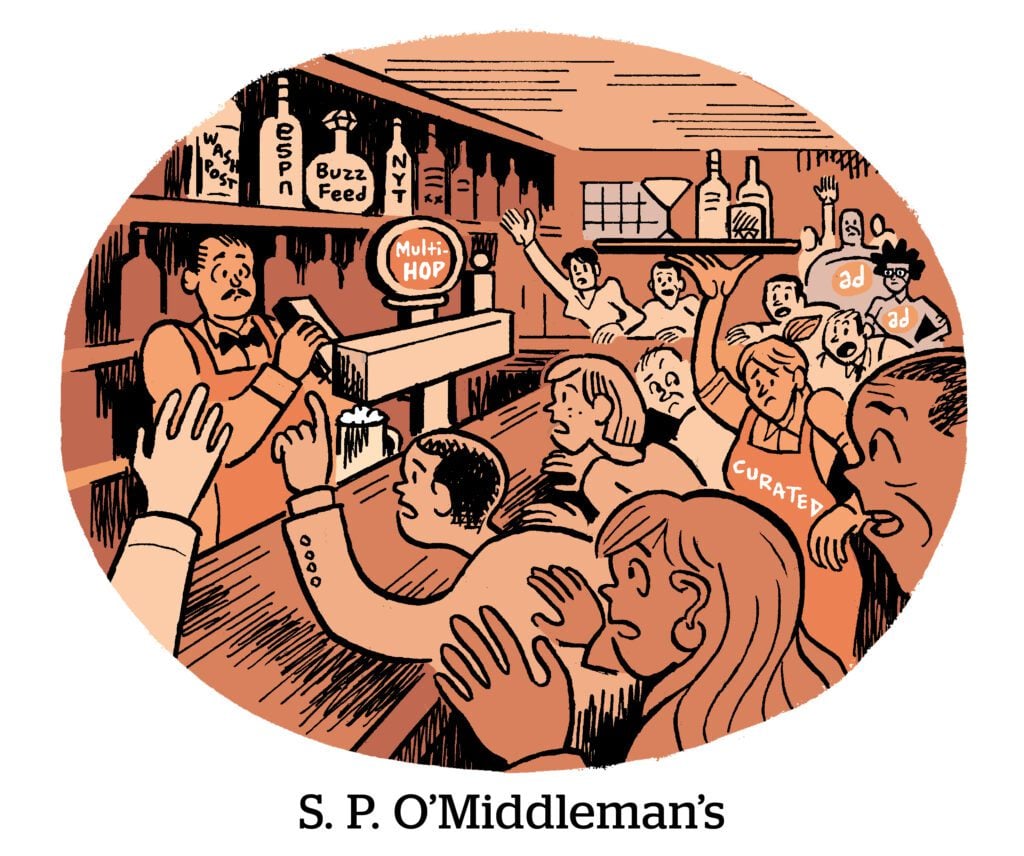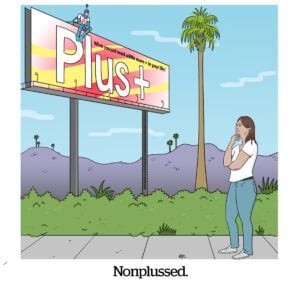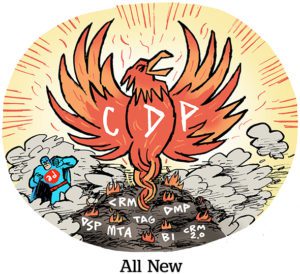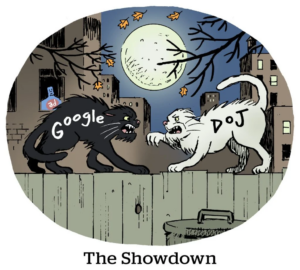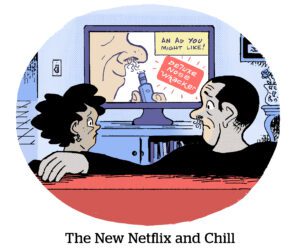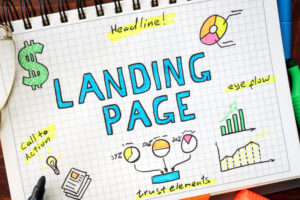Here’s today’s AdExchanger.com news round-up… Want it by email? Sign up here.
The Path Less Traveled
We all know what supply-path optimization (SPO) means and why it’s useful.
Except, wait, what does SPO mean?
“‘SPO’ – perhaps already a bigger buzzword than MFA. Every definition of SPO is different,” tweets Jud Spencer, engineering leader at The Trade Desk, in a thread that began as a proclamation against inventory resellers.
Although people across the digital ad industry might know what “SPO” stands for, there are different perspectives on what “optimization” entails.
Practically speaking, brand marketers use SPO primarily as a proxy for reducing the number of ad tech vendors in their supply chains. From that perspective, SPO means consolidating a handful of DSPs and weeding out as many extraneous SSPs as possible.
But SPO looks a little different if the focus is on the supply chain with the best profit margins or lifetime value of audiences in previous campaigns or carbon consumption.
Some DSPs and agencies might prefer to cut out an SSP or ad exchange operated by a direct competitor and call it SPO.
But at the heart of many brand SPO programs is an unanswered question: Who’s optimizing for what here?
Decent Weather Ahead
The advertising industry can pour itself an early glass of rosé.
Because the rest of this year is looking pretty good for ad spending, according to professional prognosticator Brian Wieser of Madison and Wall.
Excluding political advertising (if only we could), Wieser is forecasting 6.3% growth in ad revenue for 2024, up from the 5.6% growth he originally projected. In dollars, that translates to roughly $400 billion in ad revenue for the full year.
This growth is mostly thanks to a better-than-expected first quarter, VideoWeek reports, and a relatively easy year-over-year comparison.
In terms of specific media channels, budgets are still shifting into pure-play digital (duh), including retail media, and away from places like linear TV and print-based publishers (also duh).
National TV advertising was down 2.8% in Q1, and Wieser expects the decline to continue for the rest of the year, with revenue down 5.5% this quarter and weak in 2024 overall.
The Summer Olympics will provide a little boost next quarter, but if TV advertising was a sport, let’s just say it’s not winning gold.
Meta Metastasizes
Meta’s bounceback from ATT is benefiting more than just Meta.
“Meta is so large that its rehabilitation has effects on the advertising market broadly,” writes Eric Seufert for Mobile Dev Memo.
Specifically, Meta is leaning on its AI-based campaign optimizers, namely Advantage+. While it’s a black box, marketers keep spending more there because it drives desirable outcomes, not unlike Google’s PMax.
Now that Meta is back to maintaining quarterly revenue growth, rivals like Snap and Pinterest are taking some pages out of its playbook.
Both competitors, for example, cite rising demand for attribution tools and conversion APIs as a main driver of their own recent quarterly revenue growth.
Pinterest, for one, has been touting its new shoppable ad tools, including mobile deep linking that helps lower customer acquisition costs. Meanwhile, Snap has been very vocal about the adoption of its own conversion API, particularly among small and midsize businesses in search of more direct response opportunities.
And, like Meta, Snap is much less desperate for ad dollars these days than it was during the throes of the ATT aftermath.
But Wait, There’s More!
CNN is testing an expanded registration wall that requires site users to create an account once they hit a certain threshold of daily articles. [Axios]
Google was sued by textbook publishers for promoting pirate site ads. [Bloomberg]
OneTrust integrates with the IAB Diligence Platform, powered by SafeGuard Privacy. [release]
Reddit announces customer experience management platform Sprinklr as the first official partner to integrate its Ads API. [release]

